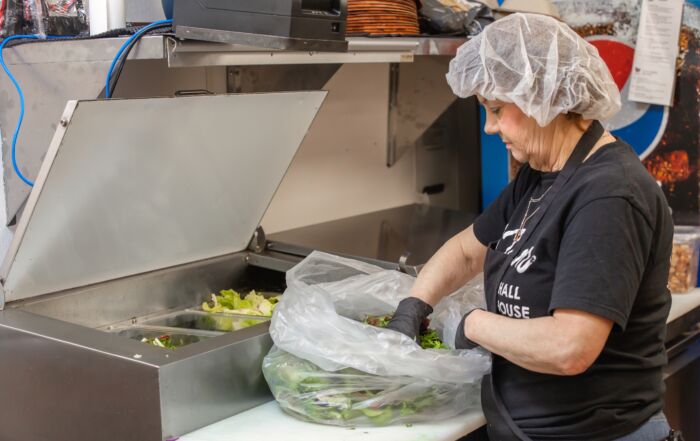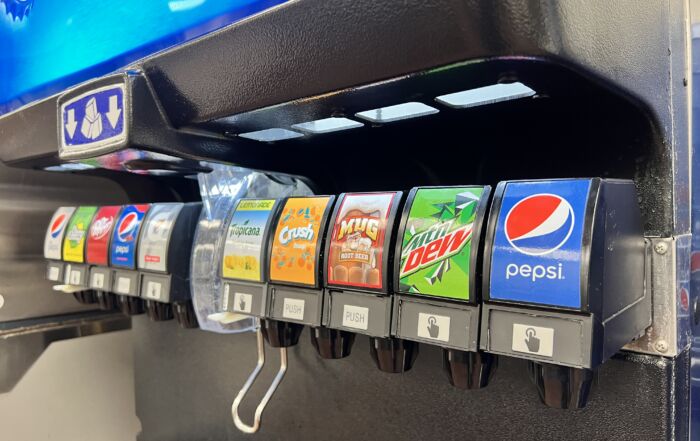Hot off the Press: The 2022 Model Food Code has been Released! Part Two.
Earlier in the month, we started a discussion about the changes to the 2022 Food Code. If you missed that post, late in December 2022, the Food and Drug Administration released the 2022 Food Code and I wanted to highlight a few of the changes that have been made to the code.
One of the changes made to the code is related to allergens and the inclusion of sesame as a major allergen as defined in section 1-201.10. Certainly, our readers who are in the school environment are keenly aware of the allergen issues faced by our youth in the United States, and if you have followed allergens and the revisions to the “Big 8”, this will come as no surprise. Data shows that almost 1.5 million Americans have an allergy to sesame.
Along with the addition of sesame to what is now the “Big 9” allergens, the annex was revised to include more information on conducting training for employee related to major food allergens and outlined topics that managers might consider offering training to employees about. These include risks of offering food containing major food allergens; identification of the major food allergens and the hazards they present to sensitive individuals; recognition of symptoms of an allergic reaction and how to respond; food allergen ingredient identification and labeling; principles of allergen cross-contact prevention concerning the major food allergens; and food establishment specific procedures, processes, communication, and controls for allergen management.
…remember to check with your local health inspector to see what these changes might mean for you. As I discussed earlier in the month, just because the Model Food Code is updated, doesn’t necessarily mean that your local food code will change.
Related to allergens, if you serve bulk food items for customer self-dispensing, the revised code now requires you to label any major food allergens contained in the food. Those who operate buffets of any sort should take careful note of this and be sure to review your offerings related to the “Big 9” Food Allergens.
The definition to “intact meat” has also been revised to specifically exclude any meat that has undergone vacuum tumbling with a marinade or any meat that has been pounded. With that change, the “Internal Cooking Temperature Specifications for Raw Animal Foods” in Annex 7 was also revised to clarify internal cooking times of roasts, intact, and non-intact meats. The revised code now states that intact meat, except whole meat roasts [which should follow recommendations in 3-401.11(B)] and whole muscle intact beef steaks [which should follow recommendations in 3-401.11(C)] should be cooked to a minimum of 145˚F for 15 seconds, and non-intact meats should be cooked to a minimum of 155˚F for 15 seconds.
A seemingly minor change, but one that might be of benefit to our operators who utilize older facilities is the change to section 5-202.12 and the temperature of the water the handwashing sink is able to provide. Previously 100˚F was the temperature water coming from the handwashing sink was to reach. Now, 85˚F is the temperature it should reach. I would note that this section does not indicate at which temperature hands should be wash, rather it simply states that the sink must be capable of delivering water at a temperature of 85˚F. This is a common misconception.
As a reminder, the changes I highlighted in this blog and my last blog do not represent all the changes to the 2022 Food code, only those that seemed to be the most pertinent to our readers. If you’re interested in checking out all the changes, you can check out the summary of changes online.
Also, remember to check with your local health inspector to see what these changes might mean for you. As I discussed earlier in the month, just because the Model Food Code is updated, doesn’t necessarily mean that your local food code will change.
As a reminder, if you want to learn more about the food code – check out the last SafeBites webinar we hosted in 2022, “A Foodservice Operators’ Guide to the Food Code”. It will help you make sense of the food code, the annexes, and how your health inspector utilizes it and how you can use it to improve your food safety program in the new year! As a reminder, if you have any topics you’d like to hear about in 2023 or any other food safety questions, please drop me a note. Risk Nothing.
Safely Shopping at Farmers’ Markets: A Food Safety Guide for Foodservice Operators and Chefs
Farmers’ markets are an appealing source of fresh, local, and seasonal ingredients for individuals and [...]
Ice Machines, Beverage Dispensers & Other Overlooked Food Safety Hazards
At the end of the spring semester in our campus food production lab, we’re fortunate [...]
What Foodservice Professionals Need to Know about the FDA Milk Testing Changes
In late-April and early-May 2025, headlines across the country and several social media posts stirred [...]
Before They Arrive: Your Health Inspection Prep List
A few weeks ago, I welcomed our local health inspector into a class I was [...]










